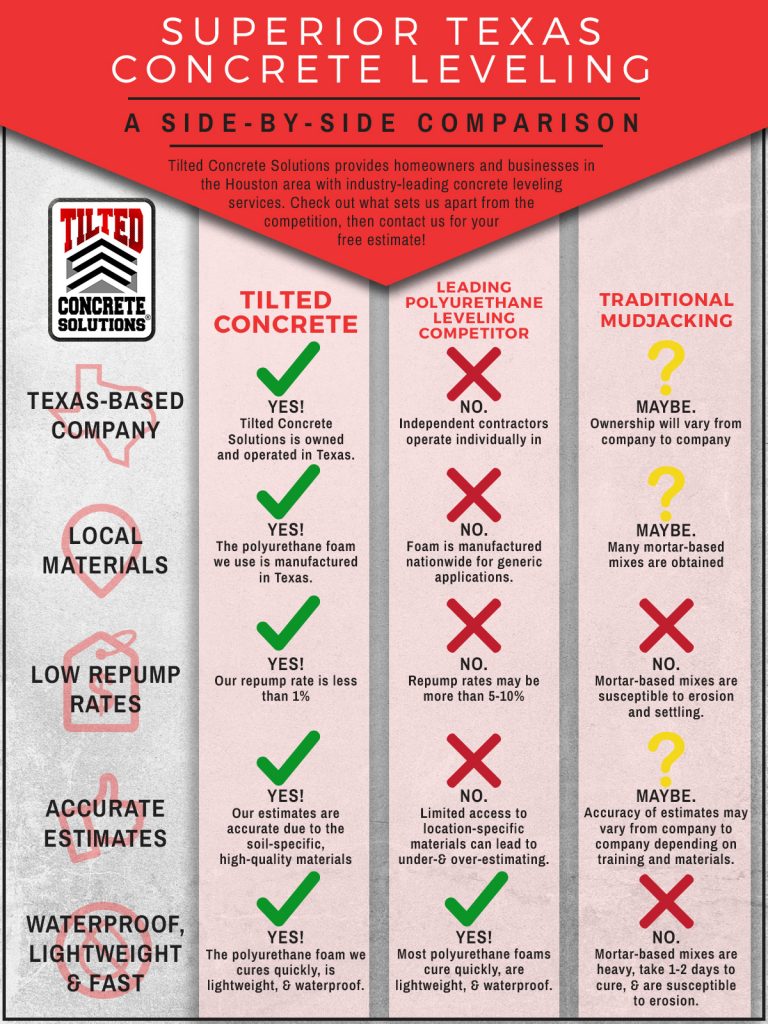Key Seasonal Considerations For Commercial Exterior Paint: What You Required To Be Educated About
Key Seasonal Considerations For Commercial Exterior Paint: What You Required To Be Educated About
Blog Article
Short Article By-Carlson Celik
When you're preparing a business external painting task, seasonal factors can make or damage your results. You'll want to think about how temperature level and moisture influence paint application and drying times. Picking the appropriate season can ensure your paint adheres properly and lasts much longer. Yet which how much should i charge to paint a room are genuinely the best for this sort of job? Let's discover the crucial elements that can influence your project's success.
The Influence of Temperature on Paint Application
When you're preparing a commercial exterior painting task, the temperature level can considerably affect just how well the paint sticks and dries.
Ideally, you wish to repaint when temperature levels range in between 50 ° F and 85 ° F. If it's also chilly, the paint might not cure correctly, bring about concerns like peeling or splitting.
On the flip side, if it's also warm, the paint can dry also rapidly, protecting against correct bond and leading to an uneven finish.
You must likewise consider the time of day; early morning or late afternoon uses cooler temperatures, which can be extra desirable.
Constantly examine the producer's suggestions for the particular paint you're making use of, as they usually offer advice on the perfect temperature level array for optimum results.
Humidity and Its Result on Drying Times
Temperature level isn't the only ecological variable that affects your business outside paint project; moisture plays a considerable function as well. High moisture degrees can reduce drying times substantially, influencing the overall high quality of your paint job.
When the air is filled with wetness, the paint takes longer to cure, which can bring about problems like bad attachment and a higher risk of mold growth. If you're painting on a particularly humid day, be planned for extensive wait times in between layers.
It's critical to keep track of regional weather conditions and plan as necessary. Preferably, aim for humidity degrees between 40% and 70% for ideal drying out.
Maintaining these factors in mind guarantees your project remains on track and provides a long-term surface.
Best Seasons for Commercial Exterior Painting Projects
What's the very best season for your business outside paint projects?
https://dengarden.com/home-improvement/Tips-for-Painting-Over-Water-Stains-on-Walls-and-Ceilings and very early autumn are normally your best bets. Throughout these seasons, temperatures are moderate, and moisture degrees are typically reduced, producing excellent problems for paint application and drying.
Prevent summer's intense heat, which can trigger paint to dry also promptly, resulting in inadequate bond and coating. Similarly, wintertime's cool temperature levels can impede proper drying out and curing, taking the chance of the longevity of your paint work.
Go for days with temperature levels in between 50 ° F and 85 ° F for optimum results. Keep in mind to examine the neighborhood weather report for rainfall, as wet problems can destroy your task.
Preparation around these variables guarantees your paint project runs smoothly and lasts longer.
Conclusion
Finally, preparing your industrial exterior painting tasks around seasonal considerations can make a significant distinction in the result. By organizing job during the optimal temperature levels and humidity levels, you'll ensure much better adhesion and drying out times. Remember to keep an eye on neighborhood weather prediction and choose the right time of year-- springtime and very early autumn are your best bets. Taking these actions will help you achieve a long lasting and expert surface that lasts.
